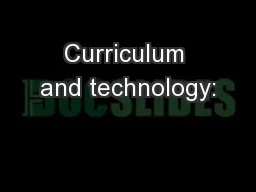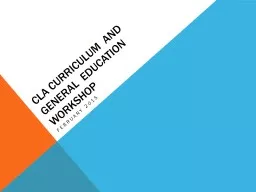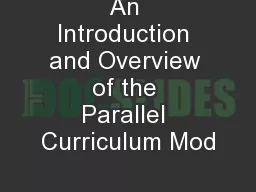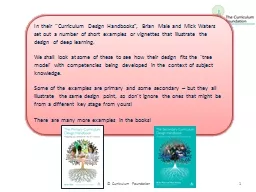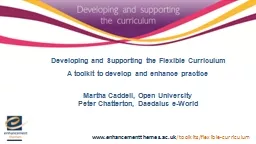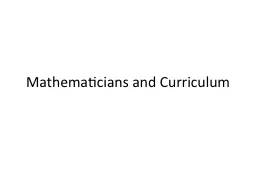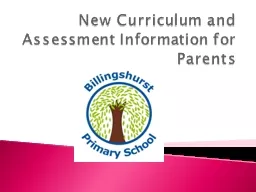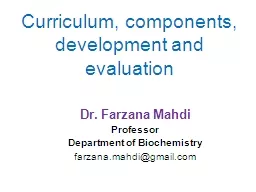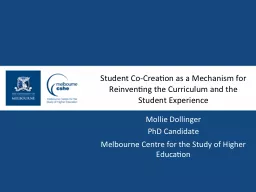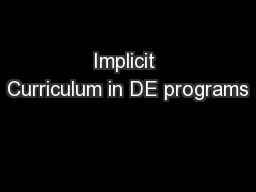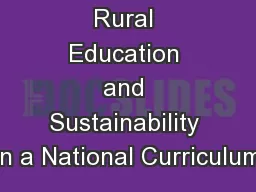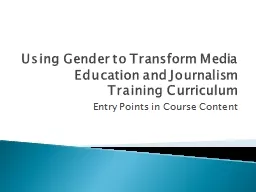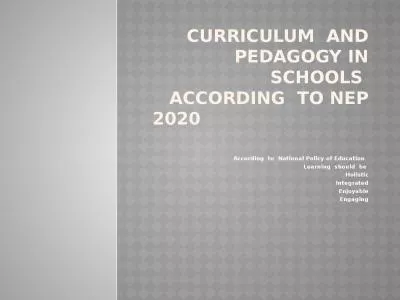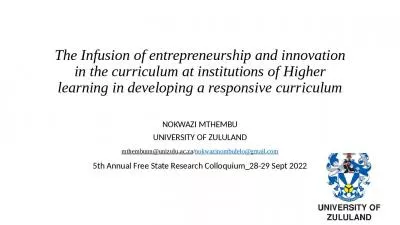PPT-Curriculum and technology:
Author : tawny-fly | Published Date : 2018-02-11
Today and tomorrow STEPHANIE PEBORDE BURKE KERRY MAGRO VERONICA ONEILL LASZLO POKORNY SAMR Model R M A S MODEL DEVELOPED BY DR RUBEN PUENTEDURA Primary school Technology
Presentation Embed Code
Download Presentation
Download Presentation The PPT/PDF document "Curriculum and technology:" is the property of its rightful owner. Permission is granted to download and print the materials on this website for personal, non-commercial use only, and to display it on your personal computer provided you do not modify the materials and that you retain all copyright notices contained in the materials. By downloading content from our website, you accept the terms of this agreement.
Curriculum and technology:: Transcript
Download Rules Of Document
"Curriculum and technology:"The content belongs to its owner. You may download and print it for personal use, without modification, and keep all copyright notices. By downloading, you agree to these terms.
Related Documents

